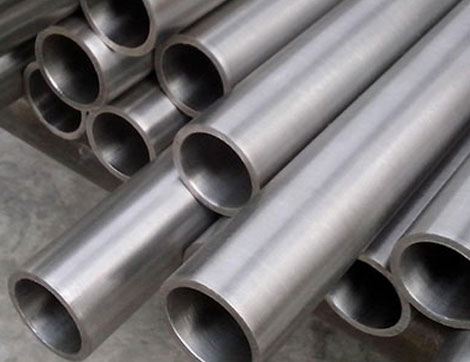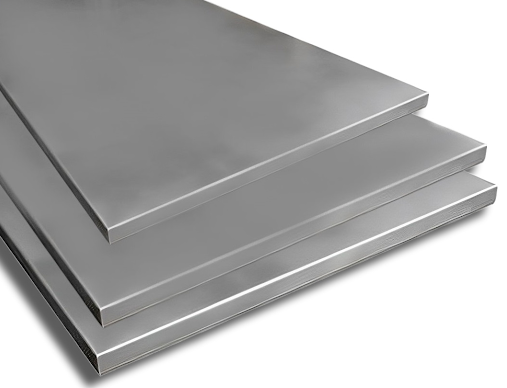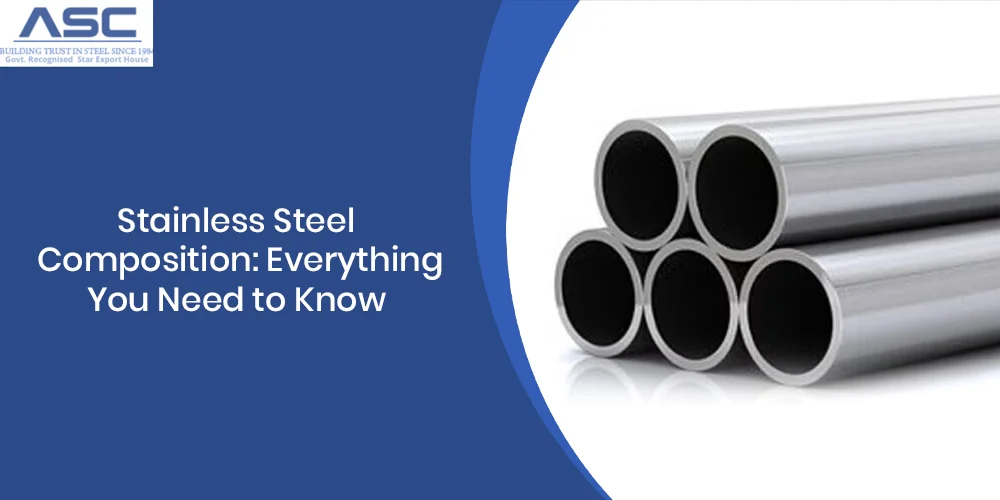304 Stainless Steel: Everything You Need to Know – Simple Guide
by AMC
Posted on May 12, 2025 at 05:01 PM
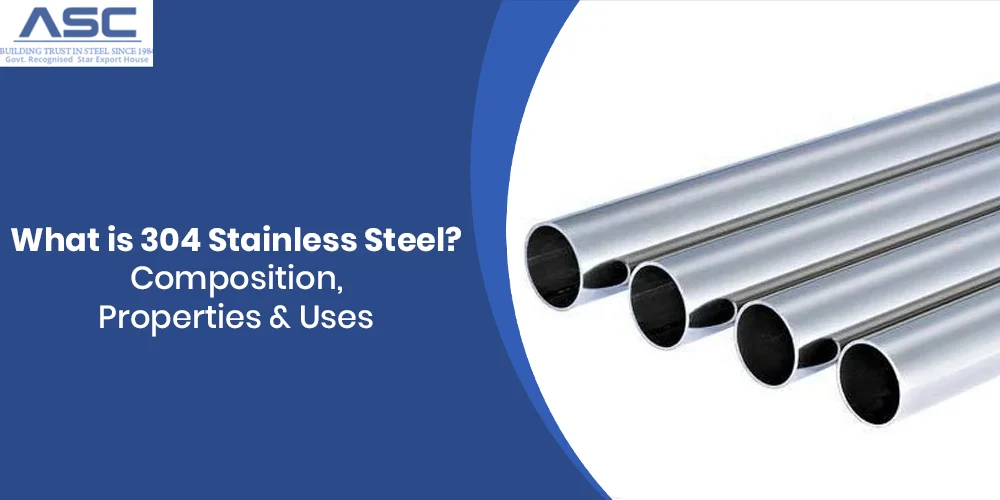
Ever found yourself wondering what gives your kitchen sink that lasting shine, or what tough material keeps those big industrial pipes from turning into rust buckets? Nine times out of ten, you’re looking at 304 stainless steel. You might hear folks call it SS 304, AISI 304, or the classic 18/8 stainless steel. Whatever name it goes by, this metal is a real workhorse – it’s the most popular type of austenitic stainless steel used all over the world.
So, what’s the big deal? Why is 304 stainless steel everyone’s go-to? It all comes down to a clever mix: about 18% chromium and 8% nickel. This special recipe gives it a fantastic balance. It fights off rust like a champ (corrosion resistance), it’s pretty strong, and you can shape it easily without it breaking (formability).Here at Amardeep Steel, we’re all about providing top-quality SS 304. We stock it in all sorts of shapes and sizes, ready for tough industrial jobs, busy commercial projects, or even things around your home.
Composition of 304 Stainless Steel: What’s Inside?
The amazing way SS 304 performs isn't by chance; it's all about what it's made of – its alloy structure. Think of an alloy like a cake recipe. You mix different ingredients (in this case, metals) to create something much better than the ingredients on their own. Here’s a peek at the typical ingredients in 304 stainless steel:
| Element | Percentage (%) | What it Does for the Steel – Plain English! |
|---|---|---|
| Chromium (Cr) | 18.0 – 20.0 | Forms a thin, invisible shield that stops rust. |
| Nickel (Ni) | 8.0 – 10.5 | Adds toughness and helps prevent corrosion. |
| Carbon (C) | ≤ 0.08 | Adds strength but too much can reduce corrosion resistance. |
| Manganese (Mn) | ≤ 2.0 | Aids in strength and helps during manufacturing. |
| Silicon (Si) | ≤ 1.0 | Cleans during production and adds strength. |
| Phosphorus (P) | ≤ 0.045 | Too much can make steel brittle. |
| Sulfur (S) | ≤ 0.03 | Can reduce toughness and weldability. |
| Iron (Fe) | Balance | Base metal that holds it all together. |
It’s this specific blend, especially that '18/8' ratio (18% Chromium, 8% Nickel), that gives 304 stainless steel its reliable and adaptable nature, making it a material industries around the world trust every single day.
Properties of SS 304 Stainless Steel: What Makes It Stand Out?
Because of its unique recipe, 304 stainless steel has some pretty neat features. Let's look at what makes SS 304 so useful:
Mechanical Properties: How Strong and Tough Is It?
| Property | Value | What This Means for You |
|---|---|---|
| Tensile Strength | ≥ 515 MPa | Strong resistance to breaking under tension. |
| Yield Strength | ≥ 205 MPa | Bends under stress but doesn’t return to original shape. |
| Elongation | ≥ 40% | Can stretch without cracking. |
| Hardness (HRB) | ≤ 90 | Moderately hard surface. |
| Density | ~7.9 – 8.03 g/cm³ | Fairly heavy material. |
Corrosion Resistance: The 'Stainless' Secret
- Holds up great in fresh water and normal air: Ideal for sinks, food surfaces, and outdoor railings.
- Not the best for salty or bleach-heavy areas: For such environments, 316 stainless steel is preferred.
Heat Resistance: Can It Handle the Heat?
- Short-term use: Up to 870°C
- Continuous use: Up to 925°C
- Note: It can't be hardened by heat treatment, but cold working can make it stronger.
Weldability & Formability: Easy to Work With
- Weldable with common techniques like TIG, MIG, and stick welding.
- Easily formed due to high ductility.
- May become mildly magnetic after heavy cold work.
Read our blog on Density of Stainless Steel 304 to learn about its properties, weight calculations, and practical applications.
Types of SS 304 Products We Offer at Amardeep Steel
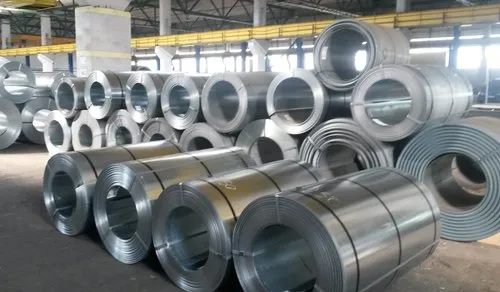
304 Stainless Steel Sheets & Coils
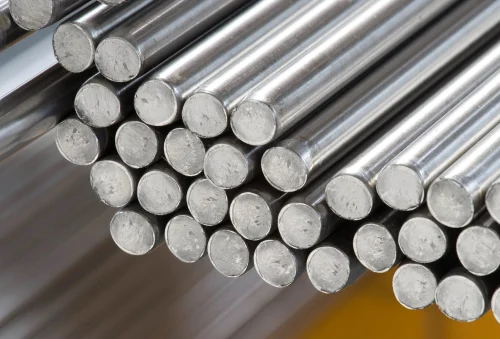
304 Stainless Steel Round Bars
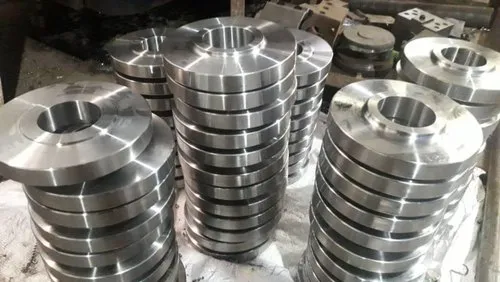
304 Stainless Steel Fittings & Flanges
Finishes Available: How Do You Want It to Look?
- 2B (Matte): Dull, smooth finish – standard use.
- BA (Bright Annealed): Shiny decorative finish.
- No. 4 (Brushed): Polished with fine lines, fingerprint resistant.
- Mirror (No. 8): High-gloss, reflective surface.
Applications of 304 Stainless Steel: Where Will You Spot It?
Several specific grades cater to different performance and cost requirements:
- Food Industry: Tanks, equipment, cutlery, and surfaces.
- Pharmaceuticals: Sterile production surfaces and containers.
- Architecture & Construction: Railings, frames, and facades.
- Chemical Industry: Tanks and process lines.
- Automotive: Exhausts, trims, and grilles.
- Dairy and Breweries: Cleanable surfaces and containers.
- Home Appliances: Fridge linings, dishwasher interiors, and ovens.
304 Stainless Steel Price in India: What to Expect
Price range: ₹180 – ₹250 per kg
Factors affecting price:
- Product type (pipe, plate, fitting, etc.)
- Dimensions and thickness
- Surface finish
- Order quantity
- Market prices of nickel & chromium
304 vs 316 Stainless Steel: What’s the Real Difference?
| Feature | 304 Stainless Steel | 316 Stainless Steel |
|---|---|---|
| Nickel Content | 8–10.5% | 10–14% |
| Added Element | None | Molybdenum (2–3%) |
| Corrosion Resistance | Good | Excellent against chlorides and acids |
| Best Use Cases | Food, pharma, appliances, architecture | Coastal, marine, chemical, medical |
| Price | More affordable | Pricier due to added elements |
Bottom line: Use 316 SS in harsh environments; 304 SS is great for general-purpose applications.
Why Choose Amardeep Steel for Your SS 304? We’ve Got Your Back!
- Large Inventory: Wide range of SS 304 shapes and sizes.
- Nationwide & International Shipping: Delivering across India, UAE, USA, Europe, and more.
- Customization Available: Cutting, polishing, slitting, and special packaging.
- Certified Quality: Products come with Mill Test Certificates (EN 10204 3.1).
- Fast Delivery: Efficient logistics for timely delivery.
- Expert Support: Help with grade selection, technical queries, and logistics.
FAQs About 304 Stainless Steel
So, what's 304 stainless steel mainly used for, anyway?
304 stainless steel is known for its chemical resistance which is why it finds applications in kitchenware, food processing equipment, chemical processing equipment, and marine environments.
Is 304 stainless steel magnetic?
Even though some of the metals like grade 304 and 316 have iron in chemical composition, they are austenite, meaning they are non-ferromagnetic. They can be made partially magnetic through special thermal treatment or work-hardening which can form ferrite in some locations.
What’s the main difference between 304 vs 316 stainless steel?
316 stainless steel contains molybdenum, but 304 does not.The addition of molybdenum in ss316, an alloy that drastically enhances corrosion resistance, especially for more saline or chloride-exposed environments
Does 304 stainless steel rust?
Typically grade 304 provides more corrosion resistance and thus greater longevity than grade 430, which is a more budget-friendly option.
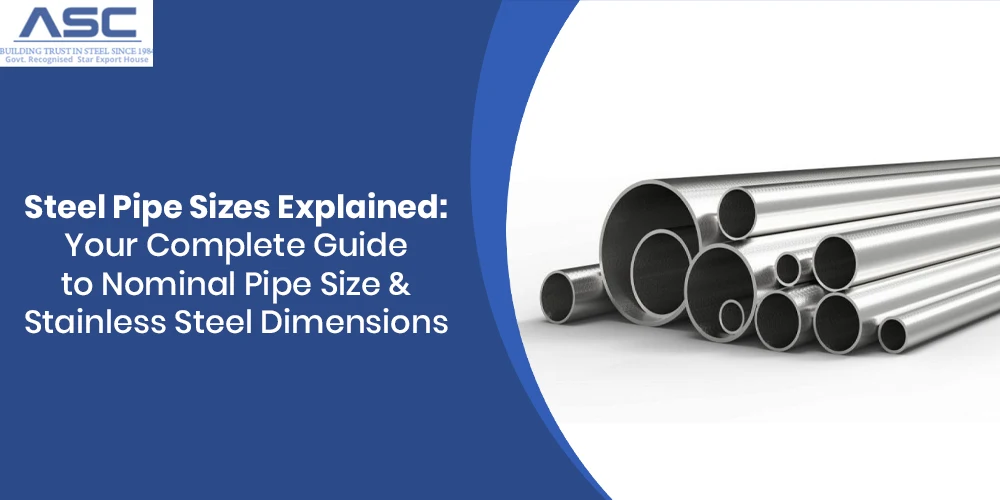
Steel Pipe Sizes Explained: Your Complete Guide to Nominal Pipe Size & Stainless Steel Dimensions
Dealing with steel pipe sizes? If you're nodding, you know it can feel like a puzzle, especially when your project demands precision for industrial work, construction, or specialized engineering.
